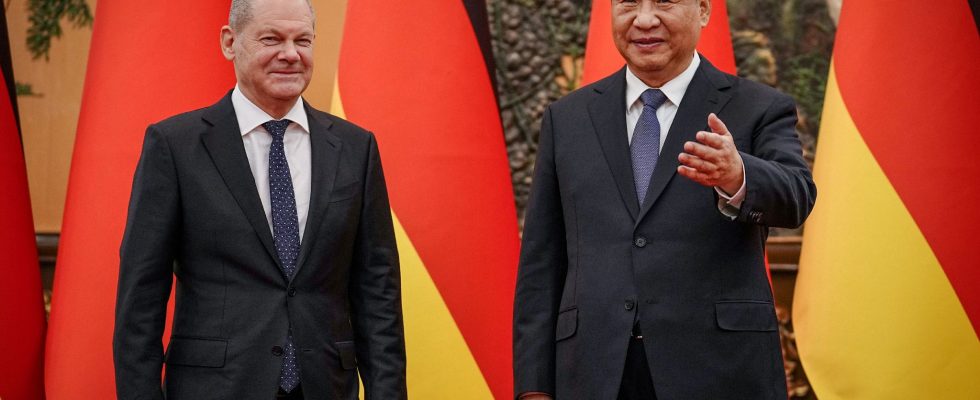The International Monetary Fund (IMF) has maintained its growth forecasts for the global economy in 2023, despite the signs of weakness displayed by several major economies, according to its data published Tuesday October 10. Particularly China and Germany.
The institution still expects global growth of 3% for 2023, and barely lower in 2024, at 2.9%, a slight decrease (-0.1 percentage point) compared to its previous estimate , in July.
“We have a global economy that continues to recover from the pandemic and the war in Ukraine, and at the same time growth that remains low by historical standards. We also see growing divergences,” said during a press briefing in says the Fund’s chief economist, Pierre-Olivier Gourinchas.
Germany in pain
Among the advanced economies, Germany is showing the most worrying signs, with an increasingly certain recession for this year (-0.5%), and more pronounced than expected, then a weak recovery next year (0 .9%), while the IMF, in July, expected better.
After lagging behind last year among the G7 countries, but also compared to other major European economies, the continent’s leading economy will be the only one in recession this year and thus seems to confirm its status as a “sick man” of Europe. “There is a combination of two major factors, on the one hand the energy shock caused by the war in Ukraine in a country very dependent on Russian energy, on the other hand the tightening of monetary policy,” explained Olivier Gourinchas, interviewed by AFP.
The other European economies are holding up better: forecasts for France improve slightly for this year (1% expected, or 0.2 points better than anticipated in July) while Spain remains solid (2.5% for 2023). ).
The Italian economy is stalling but remains in positive territory this year (+0.7%), just like, outside the EU, the United Kingdom, which remains faced with sluggish growth (+0.5%).
The situation is quite different across the Atlantic. The American economy is expected to grow by 2.1% in 2023, far from the recession long predicted by many economists, before slowing down significantly in 2024, to 1.5%.
The Chinese slowdown
As for the large emerging countries, the Chinese slowdown is confirmed (+ 5% this year, + 4.2% in 2024, forecasts slightly revised downwards), while the country is suffering from a real estate crisis. .
“If nothing is done, this could potentially weigh even more on Chinese activity,” warned the IMF’s chief economist, citing in particular the “risks for the banking sector if promoters find themselves short of liquidity.”
The other major emerging countries are experiencing a more positive trend, with a forecast for 2023 revised upwards both in India (6.3%, +0.2 points) and in Latin America, where Brazil (3.1%, +1.0 point) benefits from good performance in raw materials markets, while Mexico (3.2%) is one of the main beneficiaries of the reorganization of supply chains between China and the United States.
As for Russia, whose forecasts a year ago predicted a severe recession for 2023, it continues to see them improve, and should end the year with growth of 2.2%, under the effect notably the sharp increase in public spending linked to the war in Ukraine and an increase in the public deficit.
